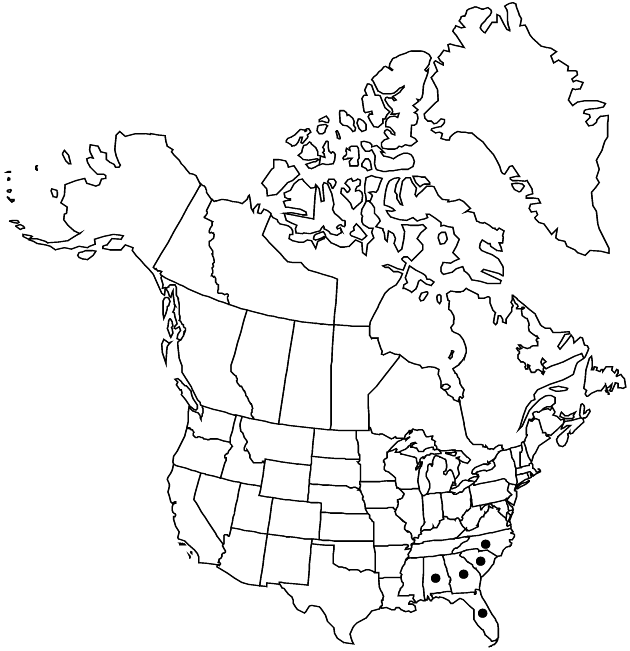Difference between revisions of "Eupatorium anomalum"
Bull. Torrey Bot. Club 23: 106. 1896.
FNA>Volume Importer |
FNA>Volume Importer |
||
| Line 34: | Line 34: | ||
-->{{#Taxon: | -->{{#Taxon: | ||
name=Eupatorium anomalum | name=Eupatorium anomalum | ||
| − | |||
|authority=Nash | |authority=Nash | ||
|rank=species | |rank=species | ||
| Line 49: | Line 48: | ||
|publication year=1896 | |publication year=1896 | ||
|special status= | |special status= | ||
| − | |source xml=https://jpend@bitbucket.org/aafc-mbb/fna-data-curation.git/src/ | + | |source xml=https://jpend@bitbucket.org/aafc-mbb/fna-data-curation.git/src/eaa6e58056e40c9ef614d8f47aea294977a1a5e9/coarse_grained_fna_xml/V19-20-21/V21_1161.xml |
|tribe=Asteraceae tribe Eupatorieae | |tribe=Asteraceae tribe Eupatorieae | ||
|genus=Eupatorium | |genus=Eupatorium | ||
Revision as of 20:33, 16 December 2019
Perennials, 80–150+ cm. Stems (from tuberous rhizomes) single, densely branched distally (shoots often develop from lateral buds), puberulent throughout (denser distally). Leaves usually opposite (distal sometimes alternate); sessile or subsessile; blades 3-nerved distal to bases, elliptic to oblong, 15–50 × (5–)10–20 mm, bases cuneate, margins entire or serrate (unevenly toothed), apices rounded to acute, faces puberulent (abaxial) or glabrate (adaxial), gland-dotted (both). Heads in corymbiform arrays. Phyllaries 8–12 in 2–3 series, oblong to lanceolate, 2.5–5 × 0.5–0.7 mm, apices rounded to acute, abaxial faces puberulent throughout. Florets 5; corollas 3–3.5 mm. Cypselae 1.8–3 mm; pappi of 20–35 bristles 3.5–4.5 mm. 2n = 20, 30, 40.
Phenology: Flowering Jul–Aug.
Habitat: Wet, low ground, flatwoods
Elevation: 10–100 m
Distribution

Ala., Fla., Ga., N.C., S.C.
Discussion
Of conservation concern.
Eupatorium anomalum has been proposed to be intermediate in morphology between E. rotundifolium and E. mohrii and, possibly, a hybrid derivative of that pairing. Molecular data suggest that its derivation is from hybridization between E. serotinum and E. mohrii.
Selected References
None.